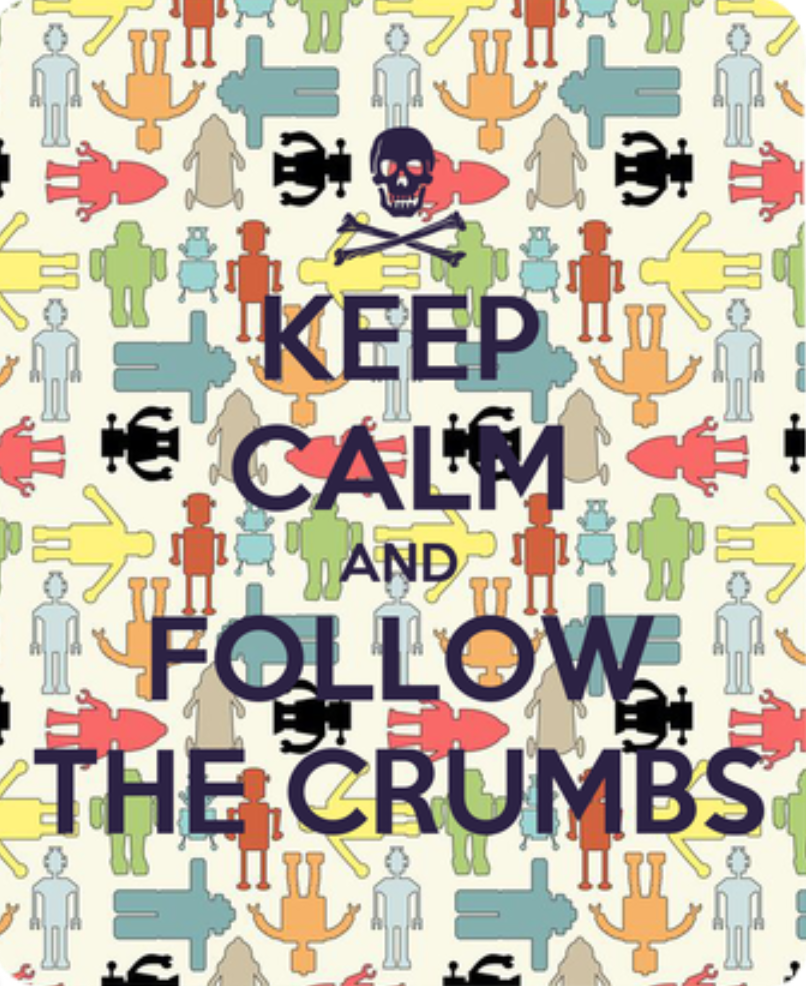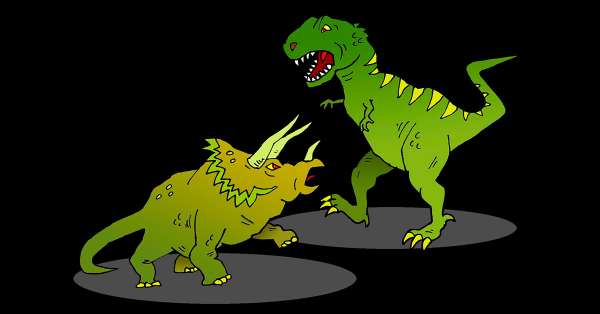
A greater understanding of the nature, characteristics and causes of conspiracy theories can help understand the phenomenon, but much as enjoying a glass of wine with dinner doesn’t universally lead to alcoholism, critically evaluating a particular ‘conspiracy’ does not automatically lead to a life lived on a flat earth, dominated by secret reptilian paedophile overlords under a hollow moon occupied by aliens. The addiction to such ‘realities’ must have roots beyond rational curiosity and scepticism. Anyone who has had a conversation with a person with such deeply held beliefs will know that rationality is a poor tool for this purpose. This is because rationality addresses the wrong part of the brain. People respond to what they feel and not what I think.
Much as shared myths form a glue for human societies and the ability to create fictions was a part of the human cognitive revolution, there is a relationship between the telling of stories and a shared or consensus reality, between fantasy and mimesis. This line between fact and fiction, between fantasy and shared reality, between ‘real’ and ‘unreal’ is central to our ability to communicate. It is so profound to our understanding of what it means to be ‘human’ that we regard people who have trouble distinguishing what is real from what is not as ‘psychotic’.

Designers of computer games understand the way fiction, myth and reality stimulate the human brain. Their livelihood depends on it. QAnon is probably the most successful and (in)famous conspiracy theory channel. It works by posing a series of questions, or ‘drops’ which, in effect, guide the enquirer along a particular path of enquiry. Reed Berkowitz is a game designer who has written about the crossover between gaming and conspiracy theory. He describes his games as ‘fictions designed to feel as real as possible’. His insight is that QAnon is gaming’s evil twin: a game that plays people, with no actual solution in the real world. QAnon offers ‘a breadcrumb trail away from reality … [and] actual solutions, and towards a dangerous psychological rush … You experience the thrill of discovery, the excitement of the rabbit hole, the acceptance of a community that loves and respects you. Because you were convinced to “connect the dots yourself” you can see the absolute logic of it. This is the conclusion you arrived at.’ He suggests that ideas we ‘create’ become fused intently into our own personalities. Puzzle-solving encodes information into the brain in a different way from other learning, initiating the reward reflex of a dopamine hit.

And research shows that our identification of our beliefs with our personalities means that we will then defend attacks on those ideas as if they were attacks on our person. This creates the conundrum that holders of a particular belief set will not relinquish them in the face of reason and data any more than believers in a virgin birth or the raising of Lazarus will succumb to scientific evidence and reasoning.